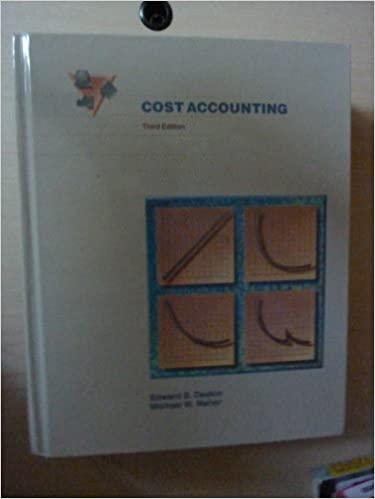Answered step by step
Verified Expert Solution
Question
1 Approved Answer
3 In-kind In-kind vs. cash transfer Now we consider a possible policy application. Consider a consumer who consumes two goods: education and money spent on
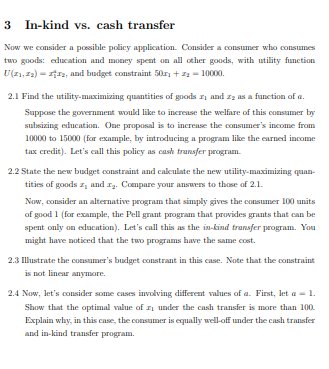
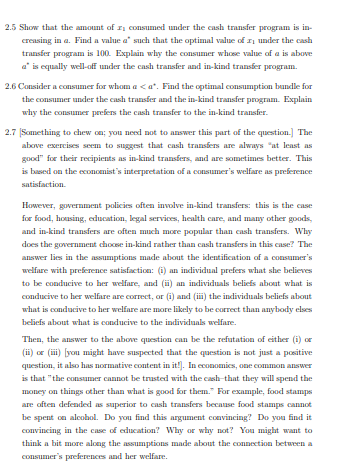
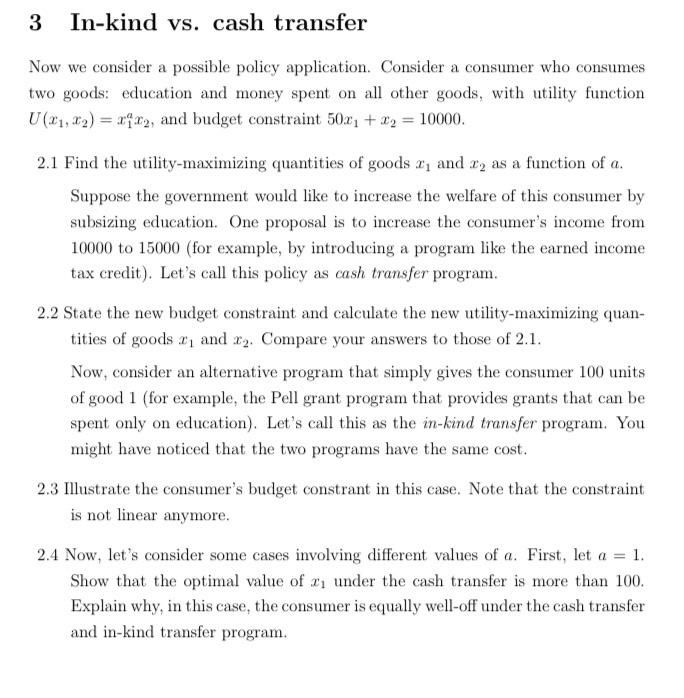
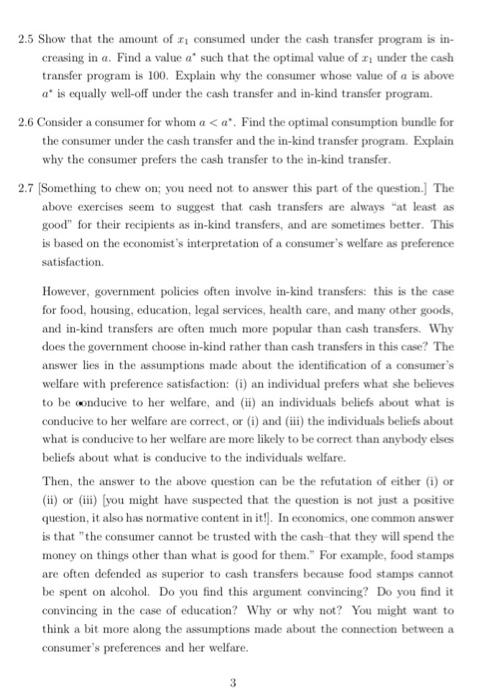
Step by Step Solution
There are 3 Steps involved in it
Step: 1

Get Instant Access to Expert-Tailored Solutions
See step-by-step solutions with expert insights and AI powered tools for academic success
Step: 2

Step: 3

Ace Your Homework with AI
Get the answers you need in no time with our AI-driven, step-by-step assistance
Get Started


